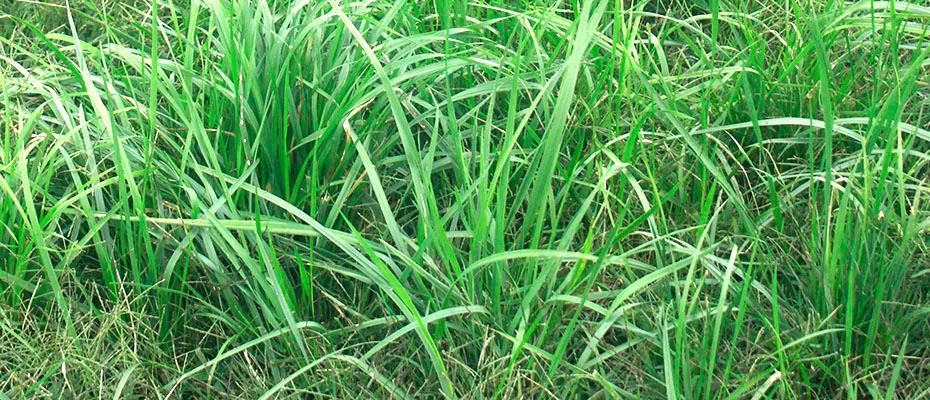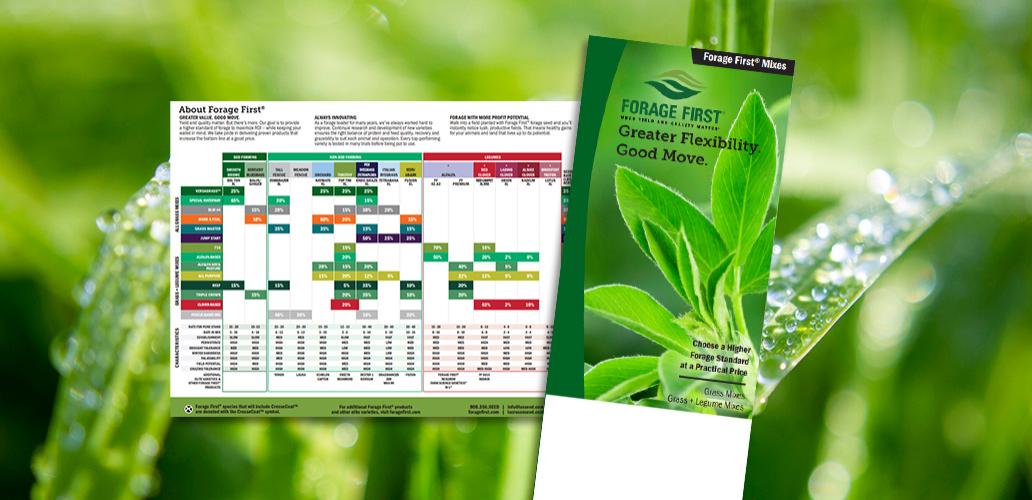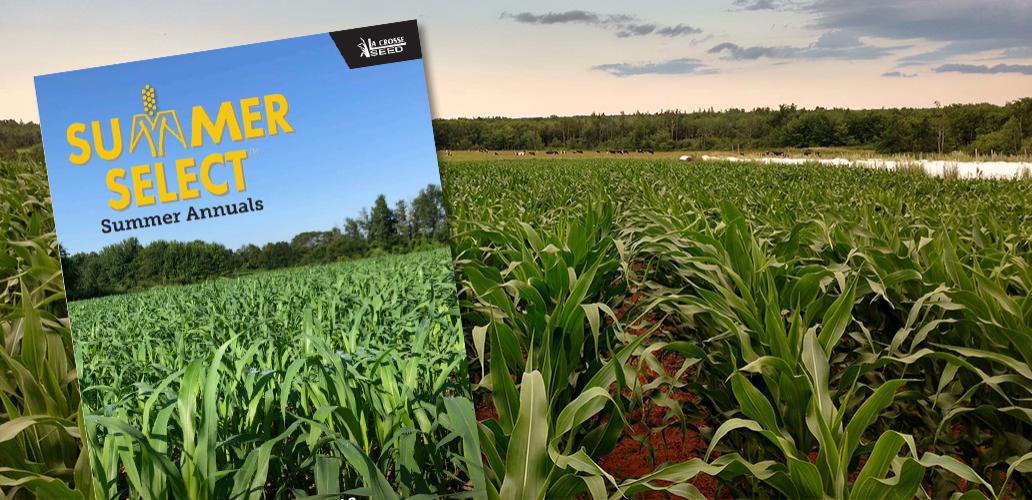Forage First Guide I Summer Select Guide
Greater Value. Good Move. Yield and quality matter. But there’s more. Our goal is to provide a higher standard for forage to maximize ROI– while keeping your wallet in mind. We take pride in delivering proven products that increase the bottom line at a good price.

Max 4N has a high vernalization requirement, there is no heading in the year of seeding. Max 4N has excellent winter hardiness, providing a large forage crop in early spring following the sowing year. It is well adapted to the Upper Midwest and Northeast States and Northeast Canada. Proven by many satisfied farmers, for use as emergency forage and green manure crop.
CHARACTERISTICS:
Establishment: Fast
Persistence: High
Drought Tolerance: Medium
Winter Hardiness: Medium High
Palatability: High
Yield Potential: Medium High
Grazing Tolerance: High
SEEDING:
Seeding Rate:
Alone (lbs./acre): 30-40
Mixes (lbs./acre): 5-10
Seeds/lb.: 227,000
Depth (in.): 1/4-1/2
Planting Time:
Feb.-May; Aug.-Sept.
Emergence (days): 5-14
Life Cycle: Perennial
Adaptation:
These grasses have a wide range of adaptability to soils, but thrive best on fertile soils with pH between 5.5-6.5. They produce well in regions having mild climates and do not withstand hot, dry weather or severe winters. They will stand fairly wet soils with reasonably good surface drainage.
Establishment:
Plant seed ¼-½ in. deep in well prepared seedbed. In general, annual ryegrass component of a mix should be 20% or less since it is very competitive, due to rapid germination and good seedling vigor.
MANAGEMENT:
Rotational Grazing:
Begin (in.): 8-12
Stop (in.): 2-4
Avg. Days Rest: 15-30
Hay or Haylage Harvest:
Cut boot to mid-bloom
Ryegrass is generally cut for hay when seed heads start to emerge. Pastures should be rotationally grazed when spring growth is 3-4 in. high. Allowing 7-10 in. of regrowth between grazings benefit yields and persistence. On new seedings, harvest or grazing should be delayed until plants are 10-12 in. tall. Ryegrass responds well to good management, such as intensive rotational grazing and fertilizer applications.
- Improved disease resistance
- Tetraploid variety with high quality & digestibility
- Top yield performer: 108% of checks
- High vernalization requirement for no heading in seeding year

.png)
.png)


.png)










